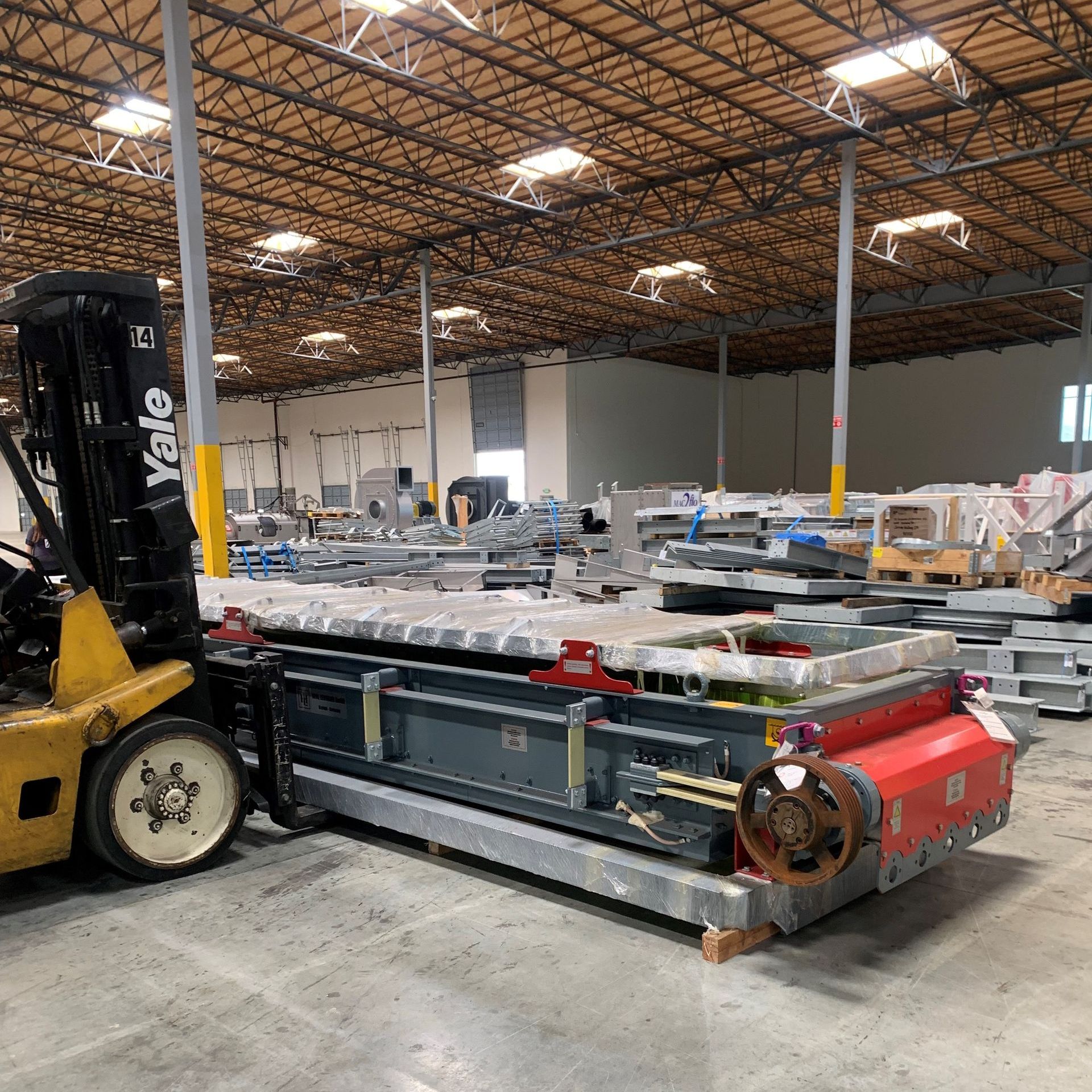Rigging Robotics: How Automation is Transforming the Industry

In the ever-evolving terrain of industrial rigging, a silent revolution is taking place—the integration of robotics. The marriage of robotics and rigging is not just a technological leap; it’s a transformative force reshaping the industry’s dynamics. In this exploration, we delve into rigging robotics, unraveling the benefits of increased precision, efficiency, and worker safety while candidly acknowledging the challenges and potential concerns surrounding job displacement.
The Precision Paradigm
One of the pivotal advantages that rigging robotics brings to the table is an unprecedented level of precision. In traditional rigging operations, even with skilled human operators, accuracy has inherent limitations. Enter robotics, and suddenly, precision reaches new heights. Automated systems can meticulously calculate and execute complex rigging tasks with accuracy that surpasses human capabilities. This precision enhances safety and minimizes the margin for error, reducing the likelihood of costly mistakes during lifting and moving operations.
Efficiency Amplified:
Efficiency has always been the heartbeat of industrial rigging, and robotics inject a turbo boost into its rhythm. Automated rigging systems can perform tasks with remarkable speed and consistency, significantly reducing project timelines. Whether it’s the swift and precise movement of heavy loads or the seamless execution of intricate rigging maneuvers, robotics prove to be formidable allies in enhancing overall operational efficiency. The time saved translates into cost savings and increased productivity, compelling the case for the widespread adoption of rigging robotics.
Safety Reinvented:
Integrating robotics in rigging is a game-changer for worker safety. Dangerous and physically demanding tasks that were once the domain of human riggers can now be delegated to robotic counterparts. This minimizes the risk of accidents and allows human workers to focus on supervisory roles and more complex aspects of rigging operations. Automated systems are designed with built-in safety features, such as collision detection and emergency shutdown mechanisms, adding additional protection to the equipment and the workforce. Be sure to check with OSHA to ensure all safety requirements are met.

Newsletter
Don't miss a thing!
Sign up to receive daily news
Recent Posts

may 29, 2025
Site Remediation: Preparing Dismantled Sites for Safe, Productive Future Use

may 26, 2025
Professional Window Washing: The Smart Investment That Reflects Well on Your Business

may 26, 2025
Daytime Cleaning: Why Visible Cleanliness Makes a Big Difference for Your Business

may 23, 2025
Proactive Maintenance: A Non-Negotiable Strategy for Industrial Facilities in 2025

may 22, 2025
Customized Cleaning: Why Tailored Janitorial Services Deliver Better Results for Every Facility

may 21, 2025